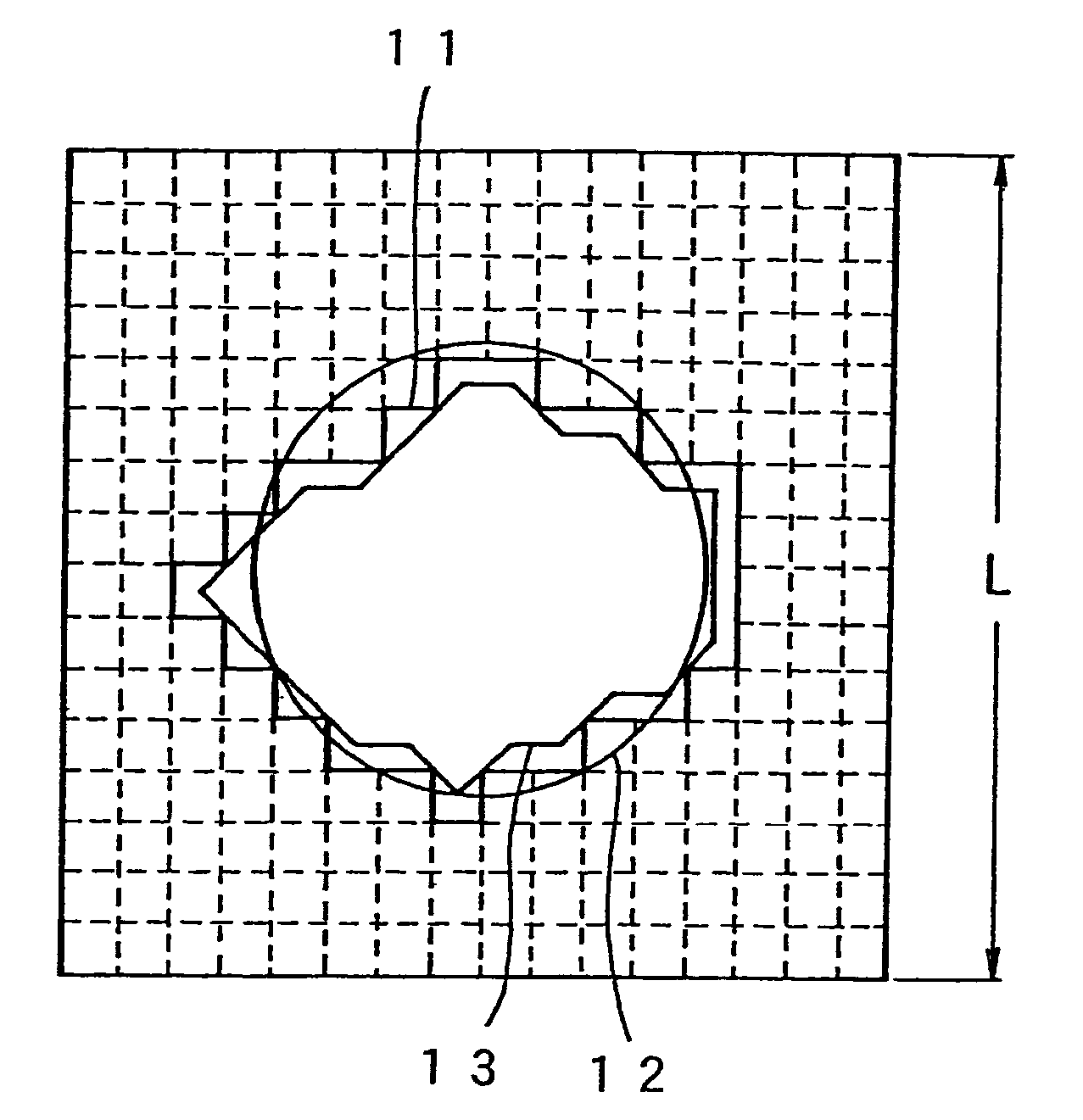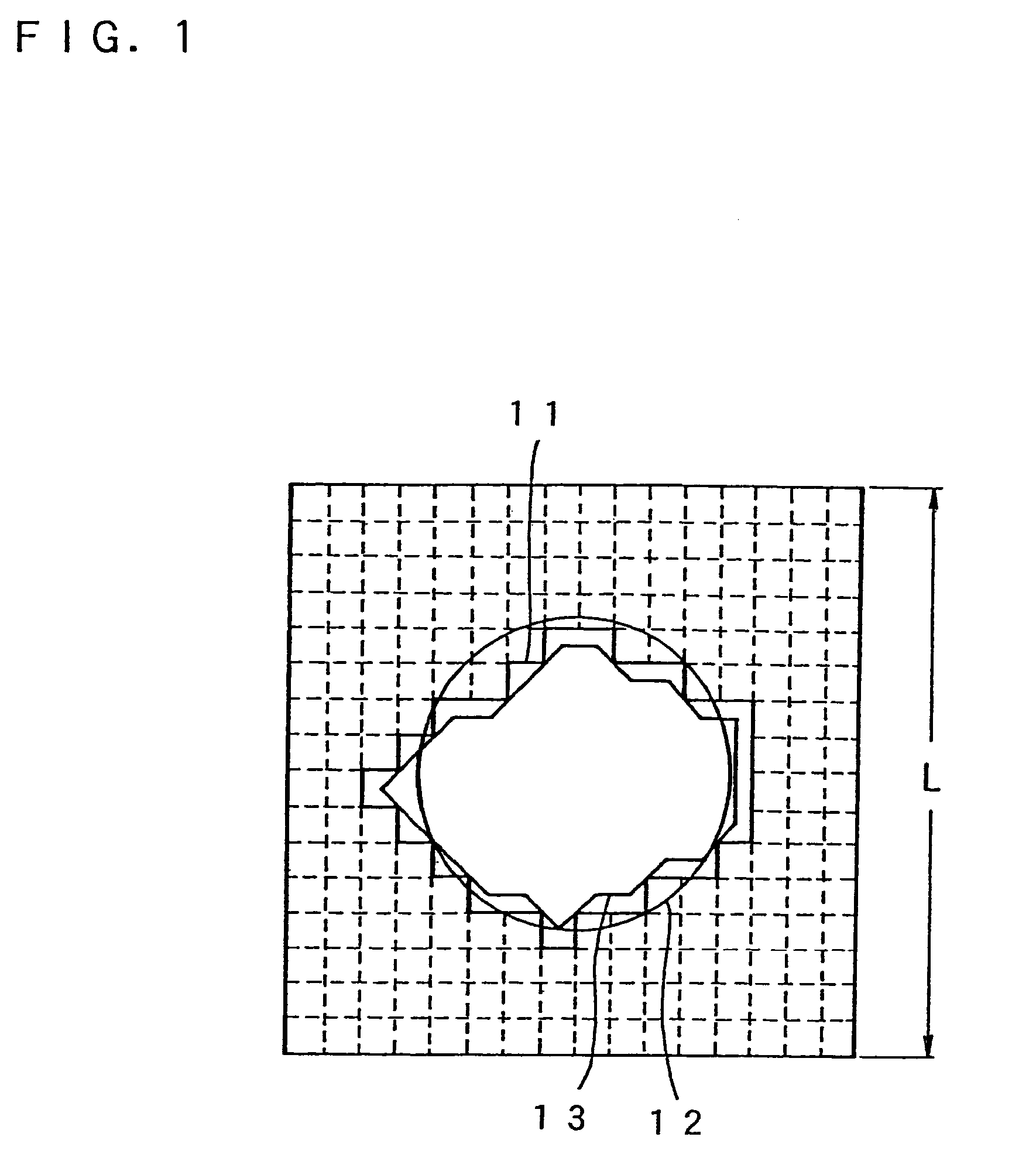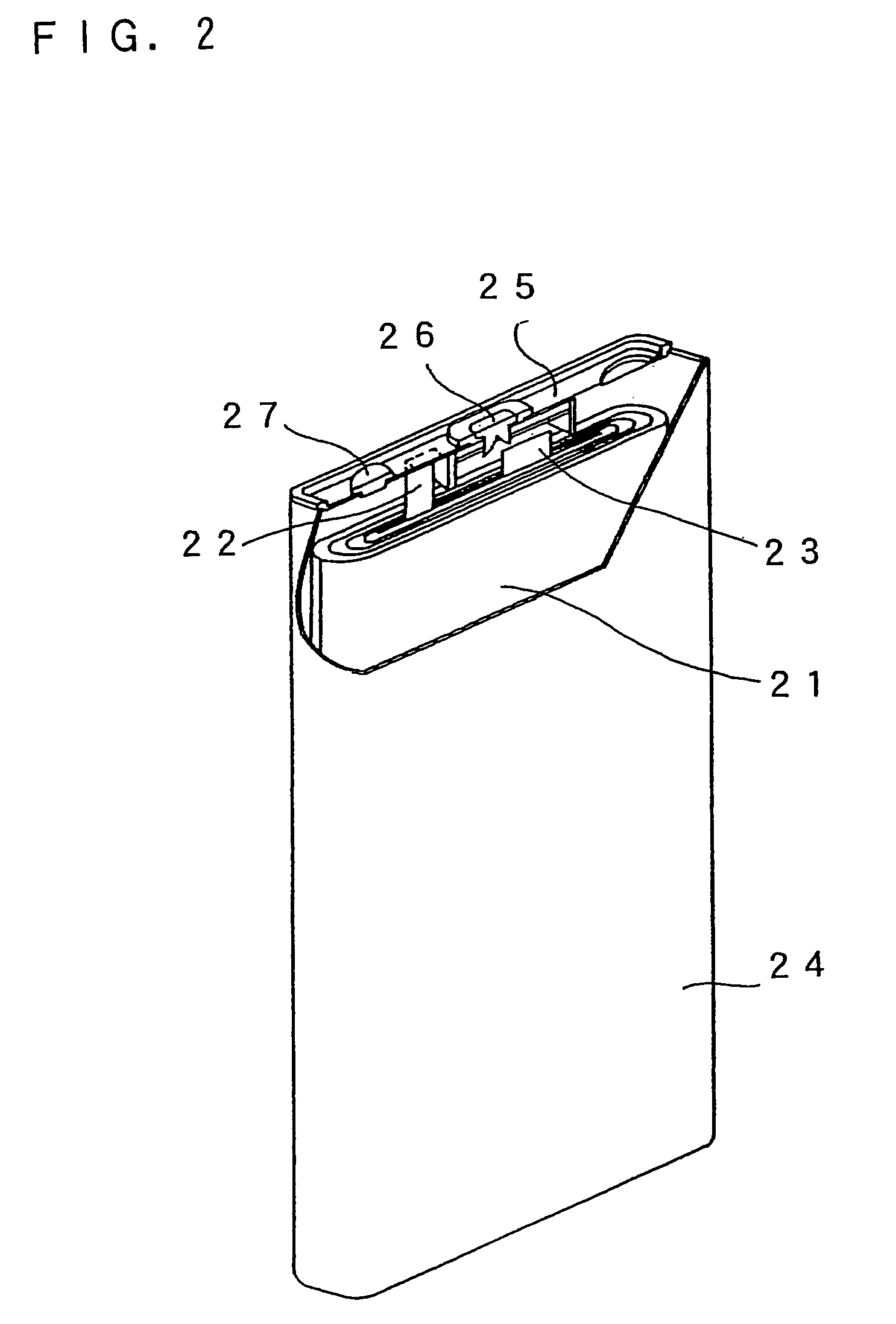Negative electrode and lithium ion secondary battery using the same
a secondary battery and negative electrode technology, applied in the direction of cell components, conductors, electrochemical generators, etc., can solve the problems of increasing the irreversible capacity of carbon per weight, reducing the capacity characteristics of high rate charge/discharge, and limiting the effort to create a higher capacity material. , to achieve the effect of excellent high rate charge/discharge characteristics and low irreversible capacity
- Summary
- Abstract
- Description
- Claims
- Application Information
AI Technical Summary
Benefits of technology
Problems solved by technology
Method used
Image
Examples
example 1
(i) Production of Positive Electrode
[0057]A positive electrode material mixture paste was obtained by mixing 100 parts by weight of LiCoO2 as the positive electrode active material, 4.0 parts by weight of acetylene black as the conductive material and 2 parts by weight of polyvinylidene fluoride with a molecular weight of 300,000 (PVdF) as the binder with N-methyl-2-pyrrolidone as the dispersion medium, followed by stirring.
[0058]The positive electrode material mixture was applied on both faces of an aluminum foil current collector with a thickness of 15 μm, which was then dried, rolled using a roller and cut into a predetermined size to give a positive electrode.
(ii) Production of Negative Electrode
[0059]A negative electrode material mixture paste was obtained by mixing 100 parts by weight of carbonaceous material, 1 part by weight of carboxymethyl cellulose as the thickener and 2 parts by weight of styrene butadiene rubber as the binder with water as the dispersion medium, followe...
example 2
[0078]Batteries F1 to F17 analogous to Battery B4 of EXAMPLE 1 were produced except that lithium-containing composite oxides with compositions shown in Table 3 were used as the positive electrode active material instead of LiCoO2. The carbon density “Dc” of the negative electrode material mixture layer was 1.65 g / cm3. Additionally, in the positive electrode, 2 parts by weight of the conductive material was used per 100 parts by weight of the positive electrode active material. The reason why the amount of the conductive material is reduced is because Mg-added positive electrode active material has extremely high conductivity.
[0079]
TABLE 3CapacityExothermicBat-DischargeretentiontemperatureteryLiCo1-x-yMgxMyO2Capacityrate(° C.)F1 x = 0.005, y = 0105——F2 x = 0.01, y = 0110——F3 x = 0.04, y = 0115——F4 x = 0.2, y = 0112——F5 x = 0.4, y = 0100——F6 M = Al, x = 0.04,11080240y = 0.0005F7 M = Al, x = 0.04,10983250y = 0.005F8 M = Al, x = 0.04, y = 0.0110585260F9 M = Al, x = 0.04, y = 0.021019026...
PUM
| Property | Measurement | Unit |
|---|---|---|
| density | aaaaa | aaaaa |
| interplanar spacing d002 | aaaaa | aaaaa |
| interplanar spacing d002 | aaaaa | aaaaa |
Abstract
Description
Claims
Application Information
 Login to View More
Login to View More - R&D
- Intellectual Property
- Life Sciences
- Materials
- Tech Scout
- Unparalleled Data Quality
- Higher Quality Content
- 60% Fewer Hallucinations
Browse by: Latest US Patents, China's latest patents, Technical Efficacy Thesaurus, Application Domain, Technology Topic, Popular Technical Reports.
© 2025 PatSnap. All rights reserved.Legal|Privacy policy|Modern Slavery Act Transparency Statement|Sitemap|About US| Contact US: help@patsnap.com



